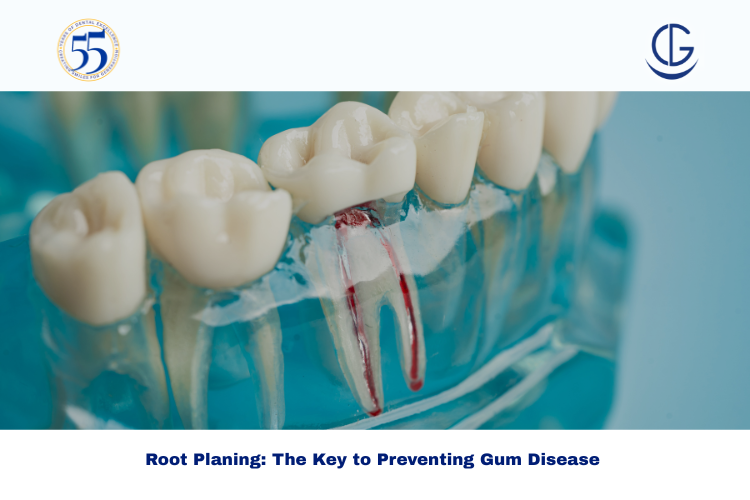Schedule Appointment




If you are currently experiencing gum inflammation or early signs of periodontal disease, knowing about root planing is key to supporting your oral health. At Dr Gowds Dental Hospital, Hyderabad, our dental specialists are committed to planing of the teeth and will walk you through the process in a safe manner.
Root planing is a deep cleaning procedure of removing plaque, tartar, and bacterial toxins below the gum line. Cleaning teeth is very different from root planing because cleaning teeth only looks at the surface of teeth and planing looks at the roots of teeth and how this can help gums to reattach to teeth and not do any more damage to the teeth.
The meaning is likely summed up as a therapeutic treatment of periodontal disease that smooths tooth root surfaces to remove irritants and result in healing.
Early intervention can save you from more invasive treatments later.
Here’s a detailed breakdown of what happens during this procedure:
Your dentist will first evaluate your gums and teeth using X-rays or a periodontal probe. This step identifies areas of infection and determines the depth of pockets between teeth and gums.
It can involve deep cleaning under the gums, which may cause discomfort. Local anesthesia ensures a painless experience during the procedure.
Scaling removes plaque and tartar from the surface of teeth and beneath the gums. Dental instruments or ultrasonic tools are used to ensure a thorough cleaning.
Once scaling is complete, the dentist smooths out rough surfaces of the tooth roots. This step removes bacterial toxins, reduces inflammation, and allows gums to reattach securely to the teeth.
After step 4, patients may experience mild sensitivity or gum tenderness. Your dentist may recommend:
It’s important to consult a dentist if you notice:
At Dr Gowds Dental Hospital, our experts recommend timely intervention with planing of teeth to prevent severe complications. Severe periodontal disease may require more advanced treatments, making early professional care essential.
Maintaining oral health is crucial:
Root planing is a safe and effective way to manage gum disease and superior teeth. Our dentist has a range of options to remove bacteria and inflammation and help prevent tooth loss. You will always receive great compared to ineffective dental treatment from a professional at Dr Gowds Dental Hospital in Hyderabad. If you have gum disease, please see a dental professional before long-term issues develop.
Scaling removes plaque and tartar from the teeth surfaces, while root planing smooths the roots below the gum line.
Depending on the severity of the periodontal disease, a root planing session may take time between 30–90 minutes and it may take multiple visits to complete the process.
Local anesthetic will be used to limit your discomfort. Afterward, you may experience some mild soreness.
Yes, root planing of teeth will remove the bacteria and promote the attachment of the gum, thereby acknowledging the risk of tooth loss at the time of gum disease.
Yes! Dr Gowds Dental Hospital, Hyderabad offers root planing and scaling procedures and individualised medical care for gum health and to stimulate the early stage of periodontal disease.